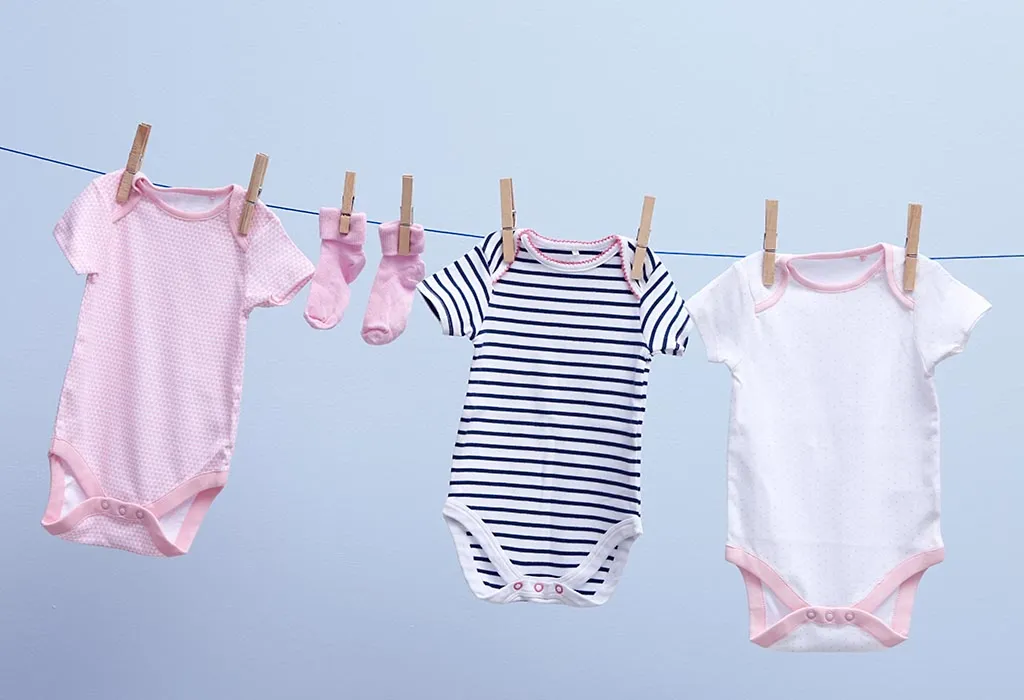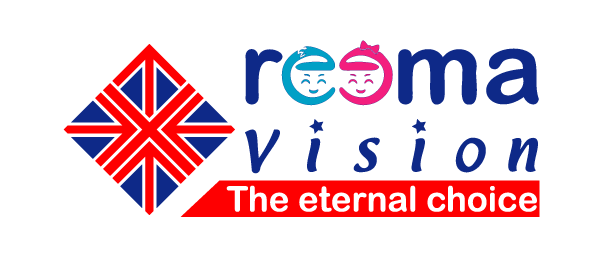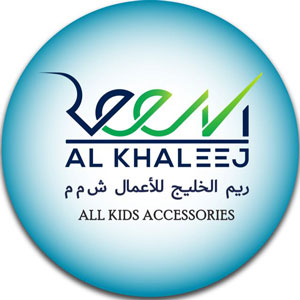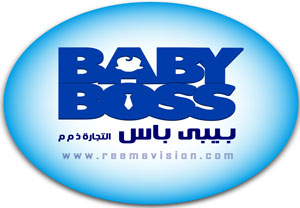
Welcoming a newborn baby into your home is a joyous occasion, and keeping their tiny clothes clean and fresh is essential for their health and comfort. Washing newborn baby clothes may seem like a simple task, but it’s important to do it right to ensure their hygiene and safety. In this comprehensive guide, we’ll walk you through the process of washing newborn baby clothes effectively, while also exploring additional considerations, tips, and advice for parents.
- Gather Your Supplies
Before you start washing baby clothes, it’s crucial to assemble the necessary supplies to make the process smoother. Along with mild baby detergent, you’ll need a few other items:
Stain remover (optional): Some stains, like formula or baby food, can be particularly stubborn. Having a baby-friendly stain remover on hand can be useful for these situations.
Baby-friendly fabric softener (optional): To keep your baby’s clothes soft and comfortable, consider using a hypoallergenic fabric softener designed specifically for babies.
Baby clothes hampers or baskets: These will help you maintain a clear separation between soiled and clean clothes, preventing cross-contamination.
Laundry basket or bag for delicates: This is especially useful for smaller, more delicate items like socks and mittens, ensuring they don’t get lost in the wash.
A gentle baby fabric brush or toothbrush (optional): For tackling stubborn stains gently, having a baby fabric brush or a soft toothbrush can be quite handy.
Baby-safe bleach (optional): If you have white items, baby-safe bleach can be used sparingly. Make sure it’s specifically formulated for baby clothes to ensure safety.
- Sort the Clothes
To simplify the washing process, start by sorting the baby clothes into different categories:
Whites: White baby clothes can be washed together. However, be cautious with the use of bleach, as excessive use can be harsh on delicate fabrics.
Colors: Keep colored items separate to prevent color bleeding during the wash. Sorting by color ensures your baby’s clothes retain their original vibrancy.
Delicates: Items made from delicate fabrics like lace or fine knits should be washed separately or placed in a laundry bag. This extra care helps preserve the integrity of these special items.
Stained Items: If you notice any clothes with noticeable stains, set them aside for pre-treatment.
- Pre-Treat Stains
Before starting the washing machine, it’s essential to pre-treat any noticeable stains. You can use a baby-friendly stain remover or create a mixture of water and mild baby detergent. Gently rub the stain with a soft baby fabric brush or toothbrush. Rinse the treated area with cold water to remove excess residue.
- Use the Right Water Temperature
For newborn baby clothes, it’s recommended to wash them in cold or lukewarm water. Cold water is gentle on delicate fabrics, helping to prevent colors from fading. It’s also a more energy-efficient choice for your household.
- Choose a Gentle Washing Cycle
Select a gentle or delicate cycle on your washing machine. These cycles are designed to minimize excessive agitation, which can be harsh on baby clothes. Use a mild baby detergent, following the manufacturer’s recommended amount based on the load size. By using a gentle cycle, you ensure that your baby’s clothes are treated with the utmost care during the wash.
- Rinse Thoroughly
Ensuring that the washing machine thoroughly rinses the clothes is crucial. Proper rinsing removes all detergent residues, which, if left on the clothes, can lead to skin irritation. It’s essential to double-check that the washing machine has effectively removed all traces of detergent.
- Avoid Fabric Softeners
While fabric softeners can make clothes feel softer, many of them contain fragrances and chemicals that may irritate a baby’s sensitive skin. As a precaution, it’s best to avoid using fabric softeners on newborn baby clothes. Baby clothes tend to be naturally soft, and the absence of fabric softeners can help minimize any potential skin irritation.
- Dry the Clothes
After washing, you have two options for drying baby clothes:
Air Drying: Hanging baby clothes outside or indoors to air dry is the gentlest option. This method helps prevent shrinkage and preserves the integrity of delicate fabrics.
Low-Heat Machine Drying: If you choose to use a dryer, select a low-heat setting. Avoid overloading the dryer to allow proper airflow and prevent clothes from becoming excessively wrinkled.
- Fold and Store
Once the baby clothes are dry, it’s time to fold them neatly and store them in a clean, dust-free area. Consider using drawer organizers or baskets to keep everything organized and easily accessible. This organizational approach not only keeps your baby’s clothes tidy but also simplifies the process of finding what you need when dressing your little one.
- Wash Before First Wear
While it’s typical for new parents to receive gifts of baby clothes, it’s important to wash all new baby clothes, even if they appear clean. This washing step removes any residual chemicals, dust, or germs that may have accumulated during manufacturing and transportation. Washing new baby clothes helps ensure they are fresh and clean, ready for your newborn’s use.
Safety Precautions:
Avoid using strong, scented detergents or fabric softeners, as they may cause skin irritation in babies with sensitive skin.
Always follow the care label instructions on baby clothes for specific washing and drying guidelines. These labels provide valuable information regarding the best practices for each garment.
Regularly clean your washing machine to prevent detergent buildup, which can transfer to baby clothes and affect their cleanliness and softness.
Washing baby clothes separately from adult clothing is an important practice to minimize any potential exposure to contaminants and allergens. This separation is particularly relevant in the case of adults who may use different detergents and fabric softeners.
By following these steps and taking the necessary precautions, you can ensure that your newborn’s clothes remain clean, soft, and safe for their delicate skin. Properly washed and cared-for baby clothes contribute to your baby’s overall comfort and well-being.
Additional Considerations:
- Newborn Baby Laundry Routine
Establishing a newborn baby laundry routine can help you stay organized and ensure that your baby always has clean clothes available. Here’s a suggested routine:
Daily: Newborns can go through multiple outfit changes in a day due to spit-up, diaper leaks, and other accidents. Keep a ready supply of onesies, sleepers, and burp cloths on hand for these quick changes.
Every 2-3 Days: Collect your baby’s laundry, including clothing, bibs, blankets, and any other fabric items used. This is typically a sufficient frequency to maintain a steady supply of clean clothes for your newborn.
Pre-Treat Stains: Before adding clothes to the laundry, check for stains and pre-treat them as needed.
Wash with Care: Follow the washing instructions mentioned earlier, and remember to sort clothes by color, fabric type, and level of soiling.
Frequent Wash of Burp Cloths: Burp cloths often accumulate milk and spit-up residues. They should be washed after each use or at the end of each day to maintain hygiene.
Store Clean Clothes Properly: Fold and store clean clothes in a baby dresser or wardrobe, making them easily accessible when needed.
- Consider Cloth Diapers
Many parents opt for cloth diapers as a more environmentally-friendly and cost-effective alternative to disposable diapers. If you choose to use cloth diapers, establishing a separate washing routine for them is crucial. Follow the manufacturer’s instructions for washing cloth diapers to maintain their absorbency and cleanliness.
- Dealing with Diaper Leaks
Newborns are prone to diaper leaks, which can result in soiled clothes. In the event of a diaper leak, address the issue promptly by changing the diaper, removing the soiled clothes, and pre-treating any stained items before washing them.
- Tips for Baby Clothes Organization
Organizing your baby’s clothes can help you quickly locate what you need and keep your nursery or baby’s room tidy. Consider the following tips:
Use drawer dividers: Drawer dividers are excellent for separating different types of clothing and keeping everything neat.
Label drawers: To make finding clothes easier, label drawers with categories such as “Onesies,” “Sleepers,” and “Socks.”
Keep seasonal items separate: If you live in an area with distinct seasons, store off-season clothes in a separate container to maximize drawer space.
Rotate clothing: Babies grow quickly, and they may outgrow certain items before they’ve had a chance to wear them. To ensure all clothes get used, rotate items from the back of the drawer or closet to the front.
- The Importance of Hypoallergenic Detergent
Baby skin is delicate and sensitive, making it susceptible to irritation. To minimize the risk of skin allergies or reactions, choose a mild, hypoallergenic baby detergent. These detergents are formulated to be gentle on baby skin and free from harsh chemicals, fragrances, and dyes that can cause irritation.
- Baby Clothes Sizing
When buying baby clothes, pay attention to the sizing labels. It’s common for babies to outgrow their clothes quickly, so don’t overstock on any one size. Keep a variety of sizes on hand to accommodate your baby’s growth.
- Special Care for Wool and Hand-Knit Items
If you have baby clothes made of wool or hand-knit materials, extra care is required. Hand-washing or using a delicate cycle with cold water and a mild detergent is the best approach. Lay wool items flat to dry to prevent stretching or misshaping.
- Baby Laundry Detergent Alternatives
If you prefer to make your baby’s detergent, consider using a homemade baby-friendly detergent recipe. Popular options include a mixture of grated castile soap, washing soda, and borax. However, ensure the ingredients are suitable for your baby’s skin and test a small amount before using the detergent on a full load of baby clothes.
- Laundering Baby Bedding
Baby bedding, including crib sheets and blankets, should be washed regularly. Follow the care instructions on each item to maintain their integrity. Using hypoallergenic and fragrance-free detergents is also recommended to avoid skin irritation.
- Washing Baby Outerwear
Baby outerwear, such as coats and snowsuits, typically requires special care. Check the manufacturer’s instructions for guidance on washing and maintaining these items. Often, they can be machine-washed with cold water, but ensure they are thoroughly dried to maintain their insulating properties.
- Storing Baby Clothes for Future Use
As your baby outgrows their clothes, consider saving items that are still in good condition for future siblings, family members, or donation. Properly clean and store these items to prevent dust, pests, or mildew from affecting them. Vacuum-sealed storage bags can be particularly useful for long-term storage.
- Safety Precautions for Baby Laundry
Safety is paramount when dealing with your baby’s laundry:
Use baby-safe laundry products: Only use products that are specifically formulated for babies. This includes detergent, stain removers, and fabric softeners.
Avoid overloading the washing machine: Overloading the machine can lead to poor cleaning and rinse cycles, and it can cause clothes to become tangled or damaged.
Ensure proper rinsing: Proper rinsing is essential to remove all detergent residues, which can cause skin irritation.
Regularly clean the washing machine: Washing machines can accumulate detergent and fabric softener residues over time. Clean your machine periodically to prevent these residues from transferring to your baby’s clothes.
Separate baby clothes from adult laundry: Babies have sensitive skin, and they may be sensitive to the detergents and softeners used for adult laundry. Washing their clothes separately minimizes the potential for exposure to contaminants or allergens.
Ensure that all clothing items are thoroughly dry before storing them to prevent mold and mildew growth.
Looking for Quality Baby Clothes and Accessories? –
When it comes to providing your newborn with quality baby clothes and accessories, you want to ensure that you’re giving them the best. MS Max Accessories LLC offers a wide range of baby clothing and accessories designed with comfort, safety, and style in mind. Our products are created with meticulous attention to detail, ensuring that your baby receives the utmost care and comfort.
Explore our selection of baby clothing, accessories, and other baby-related products to enhance your baby’s wardrobe and lifestyle. We understand that your baby’s well-being is of the utmost importance, and our products are crafted to reflect that commitment.




